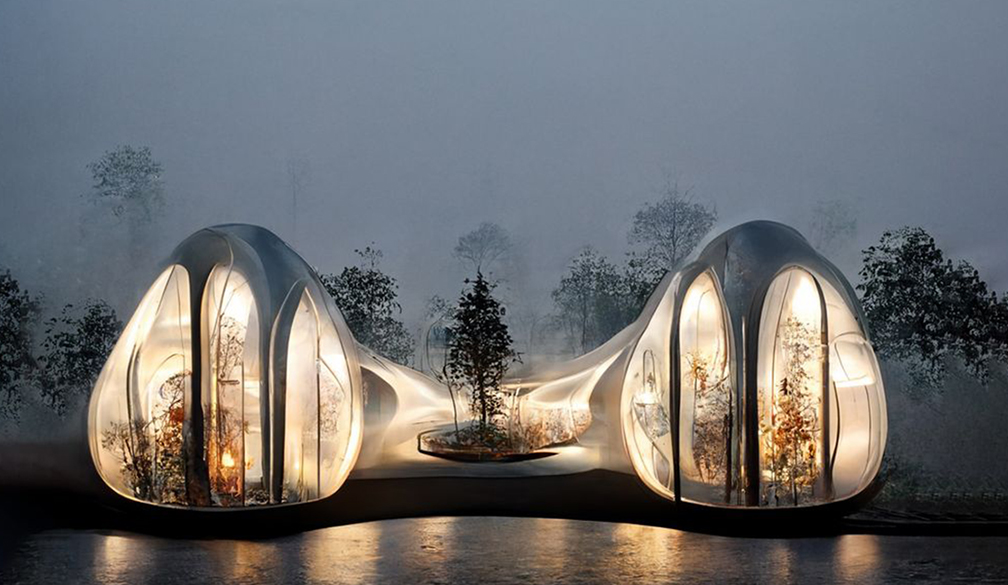What is unique in Australian architecture

Australia, a land of diverse landscapes and vibrant culture, has a rich architectural heritage that has evolved through the centuries. From the iconic Sydney Opera House to the ancient rock formations of Uluru, Australian architecture showcases a unique blend of indigenous traditions, colonial influences, and modern design principles. In this blog, we delve into the fascinating world of Australian architecture, exploring its distinctive features, innovative designs, and the stories behind its creation. Join us on this journey as we uncover the secrets of what makes Australian architecture truly extraordinary.
II. Historical Influences on Australian Architecture
Australian architecture has been shaped by a variety of historical influences. One of the most significant influences comes from the indigenous Aboriginal people, who have a deep connection to the land and a unique understanding of the environment. Traditional Aboriginal architecture focuses on sustainable and harmonious design, using natural materials and blending seamlessly with the surroundings.
European colonization in the late 18th century brought another layer of architectural influence to Australia. The British colonial architecture, with its Georgian and Victorian styles, became prevalent in cities like Sydney and Melbourne. These grand buildings, often made of sandstone or brick, still stand today as a testament to Australia's colonial past.
III. Unique Characteristics of Australian Architecture
Australian architecture is characterized by its response to the country's unique climate and landscape. The harsh sun, strong winds, and diverse natural environment have all contributed to the development of distinct architectural features.
One of the most recognizable elements of Australian architecture is the verandah. Originally introduced to provide shade and protection from the heat, verandahs have become an iconic feature of Australian homes. They not only offer a practical purpose but also create a connection between indoor and outdoor spaces, allowing residents to enjoy the surrounding scenery.
Another unique characteristic of Australian architecture is its emphasis on sustainable design. Australia is known for its commitment to environmental conservation, and this is reflected in its architecture. From energy-efficient buildings to the use of recycled materials, sustainability is a key consideration in Australian architectural design.
IV. Iconic Examples of Australian Architecture
Australia is home to several iconic architectural landmarks that have gained international recognition. The Sydney Opera House, designed by Danish architect Jørn Utzon, is perhaps the most famous of them all. Its distinctive sail-like roof and stunning waterfront location have made it an architectural masterpiece and an icon of Australian culture.
Other notable examples include the Melbourne Cricket Ground (MCG), the largest stadium in Australia and one of the world's most significant sporting venues. Designed in the early 20th century, the MCG showcases elements of both British and Australian architectural styles.
V. Contemporary Trends in Australian Architecture
In recent years, Australian architecture has seen an emergence of contemporary trends that reflect the changing needs and preferences of the society. Sustainable design has become even more prevalent, with architects incorporating renewable energy systems, green roofs, and rainwater harvesting into their designs.
There is also a growing focus on adaptive reuse, where old buildings are repurposed and transformed into modern spaces. This trend not only preserves the historical value of the structures but also reduces waste and promotes sustainable development.
Additionally, the use of innovative materials and technologies has become more widespread in Australian architecture. From cutting-edge glass facades to 3D printing techniques, architects are embracing new possibilities to create visually striking and functional buildings.
Conclusion
In conclusion, Australian architecture is a fascinating blend of historical influences, unique characteristics, iconic examples, and contemporary trends. From the indigenous Aboriginal traditions to the grand colonial buildings and the modern sustainable designs, Australian architecture truly stands out on the global stage. It continues to evolve, incorporating new ideas and technologies while remaining deeply connected to the country's rich cultural heritage.







